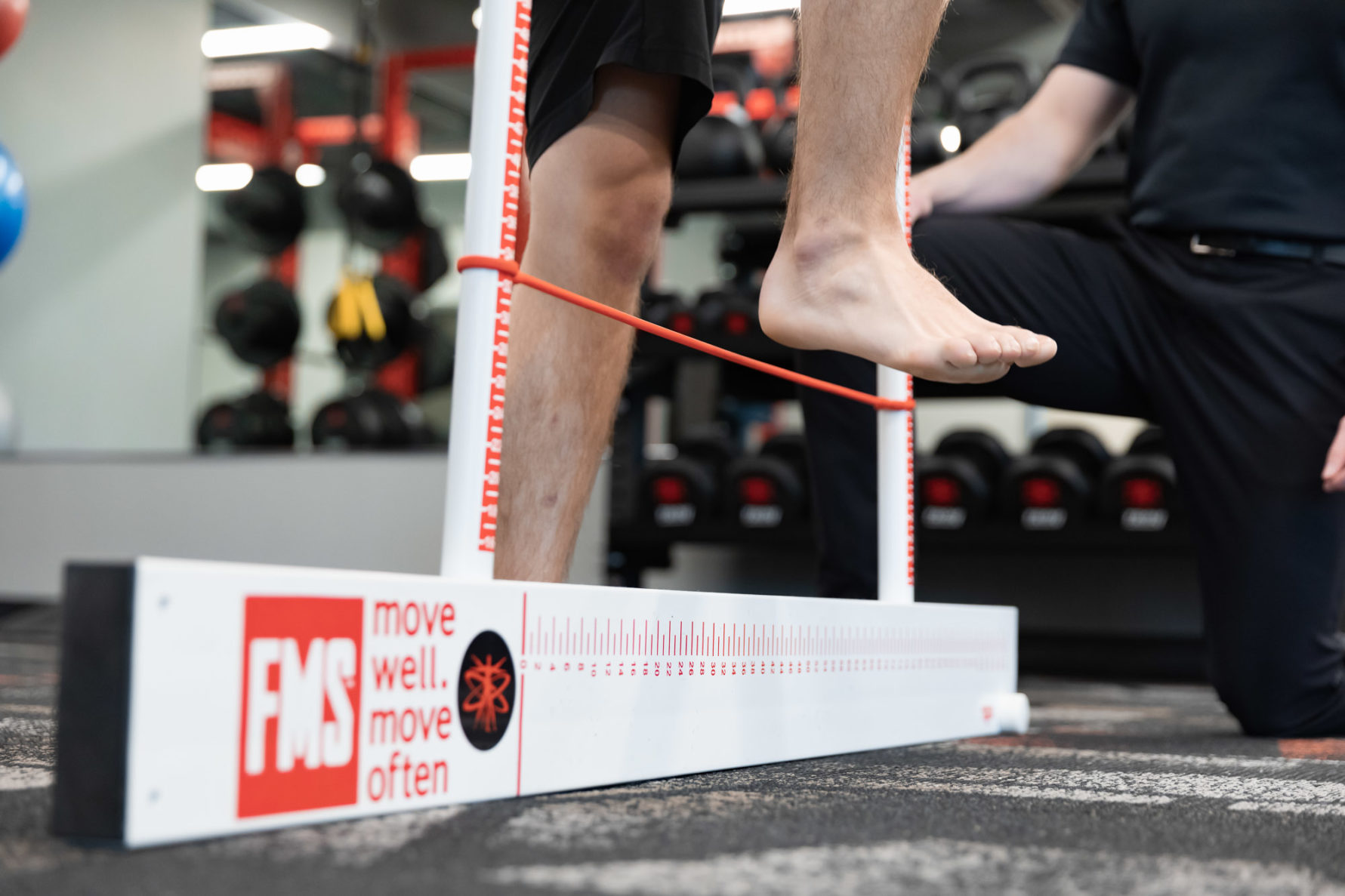
When it comes to the realm of diets and eating behaviors, there is a sea of information. Sometimes, it can feel bombarding. And unfortunately, much of this information is based on questionable scientific “facts” or has no scientific backing whatsoever. One thing we know for sure is that chronic pain and nutrition in Kansas City are more than just correlated. Either one can deeply affect the other!
The research behind the effects of certain foods, dietary patterns, and supplements is constantly growing and expanding. And much is still lacking or unclear. However, there is strong research conducted by specialists in the nutrition field from which we can draw practical takeaways to integrate into our daily lives.
How are chronic pain and nutrition related?
With respect to the impact of eating habits on pain and recovery from injury, there are several common components that contribute to the development of pain and prolonged recovery from injury.
One study showed that rats who were chronically fed a diet high in processed carbohydrates and omega-6 polyunsaturated fats had an increased development of chronic pain (Totsch, S.K., Quinn, T.L., Strath, L.J., et al., 2017). This type of diet elevated pro-inflammatory mediators in the bloodstream and increased microglial cell activation in the dorsal horn of the spinal cord. This which is involved with pain transmission to the brain.
Unfortunately, this type of diet is very common in the United States and has in fact been coined the “Standard American Diet”.
Recommendations for chronic pain and nutrition in Kansas City
The Journal of the American College of Cardiology released strategies for improving lipid profiles, inflammatory markers, and cardiovascular health through dietary means. Dietary habits that frequently and chronically elevate glucose levels can lead to the development of metabolic syndrome, a category in which conditions such as obesity and type 2 diabetes fall. It also causes an increase in oxidative stress and systemic inflammation as a whole – none of which are ideal for improving pain and healing.
Chronic overeating is one of the biggest factors that leads to the development of metabolic syndrome and excessive systemic inflammation. Especially calorically dense and quickly digested foods!
The authors make the following suggestions to help combat the trend in today’s modern diet:
- Choose carbohydrates with higher fiber content
- Incorporate controlled portions of healthy fats into meals, especially meals
containing carbohydrates (ex: nuts, olive oil, avocado) - Incorporate lean protein into each main meal
- Get several servings of fruits and vegetables daily
Other non-dietary recommendations included controlling for portion size, avoiding obesity, and obtaining at least 30 minutes of moderate intensity physical activity daily (O’Keefe, J.H., Gheewala, N.M., O’Keefe, J.O., 2008).
Want to learn more about chronic pain and nutrition in KC?
The doctors at F.I.T. Muscle & Joint Clinic are movement specialists; one of our mainstay goals is to help you move and function at the highest level possible. Movement and activity is key to keeping a high quality of life and performing at your best. This is in combination with sound eating principles.
If pain or an injury is keeping you from being active and getting on with your life, schedule an appointment with us and let us help you enjoy moving and living life again!
References:
1.) O’Keefe JH, Gheewala NM, O’Keefe JO. Dietary Strategies for Improving Post-Prandial Glucose, Lipids, Inflammation, and Cardiovascular Health. Journal of the American College of Cardiology. 2008;51(3):249-255. doi:10.1016/j.jacc.2007.10.016.
2.) Totsch SK, Quinn TL, Strath LJ, et al. The impact of the Standard American Diet in rats: Effects on behavior, physiology and recovery from inflammatory injury. Scandinavian Journal of Pain. 2017;17(1):316-324. doi:10.1016/j.sjpain.2017.08.009.



